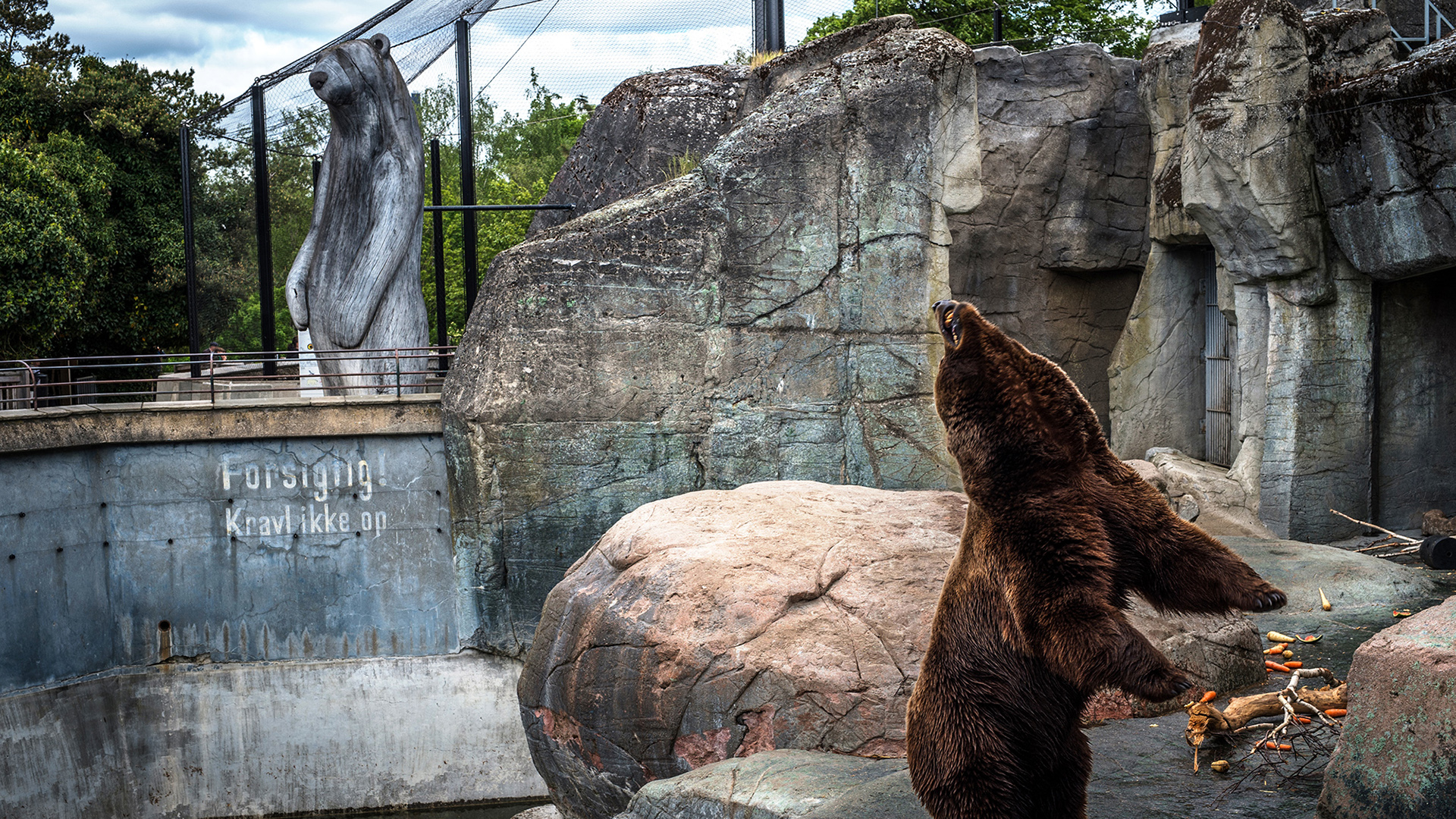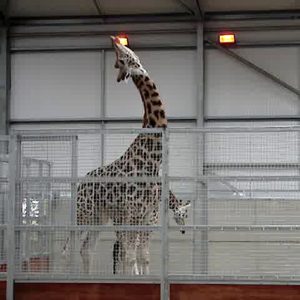Is zoochosis real?
With the recent announcement of a new horror video game of the same name, you may be wondering what ‘zoochosis’ really means. Our Policy Support Officer Frankie Osuch delves into the disturbing reality for many captive animals.

As a big fan of video games and an advocate for captive wild animal welfare, my interest was piqued by the announcement of a new video game titled ‘Zoochosis’. The video game trailer depicts animals in a zoo turning into nightmarish monsters.

Policy Support Officer Frankie Osuch
While this game is clearly completely fictitious, zoochosis is a very real, very horrible psychological condition that affects many captive wild animals worldwide.
The term ‘Zoochosis‘ was first coined in 1992 by Born Free’s co-founder, the late Bill Travers MBE, to describe stereotypic behaviours in captive wild animals. Stereotypic behaviours are repetitive, unvarying, apparently functionless, and are not seen in free living wild animals. Examples include pacing, swaying, head-bobbing, bar-biting, over-grooming or excessive licking.
Such behaviours are thought to result from the inability of captive animals to effectively express natural behaviours and activities. The zoo environment is typically significantly smaller and less complex than the environment the animals have evolved to live in, and is devoid of both physical and social species-specific behavioural opportunities such as hunting, walking or swimming for miles and choosing who to mate and socialise with. Zoochosis has been recorded in a wide range of species, but seems to be particularly common in giraffes, elephants, bears, big cats, apes and orcas. Whilst gathering evidence for the 1993 Zoochotic Report Film, Bill Travers witnessed animals displaying some form of abnormal behaviour in every one of over 100 zoos he visited.

A giraffe exhibiting zoochotic neck-twisting
Sadly, zoochosis is far from a thing of the past.
Although some zoos make use of enrichment programmes or administer drugs in attempts to reduce these behaviours, they remain common today. Zoochosis is even seen in the most highly regarded zoos, as many wild animals, such as those with naturally large home range sizes or those who have evolved to live in complex natural societies, are simply not suited to life in captivity.
Although the video game itself doesn’t represent an accurate depiction of zoochosis, it is encouraging to see some reactions to it in videos, articles and comments highlighting the origin of the term. My hope is that this game will help spread awareness of the meaning and prevalence of zoochosis in real wild animals who suffer in captivity around the world.
If you witness zoochotic behaviour or have any other concerns about the welfare of captive wild animals, please report it via our Raise the Red Flag platform.
